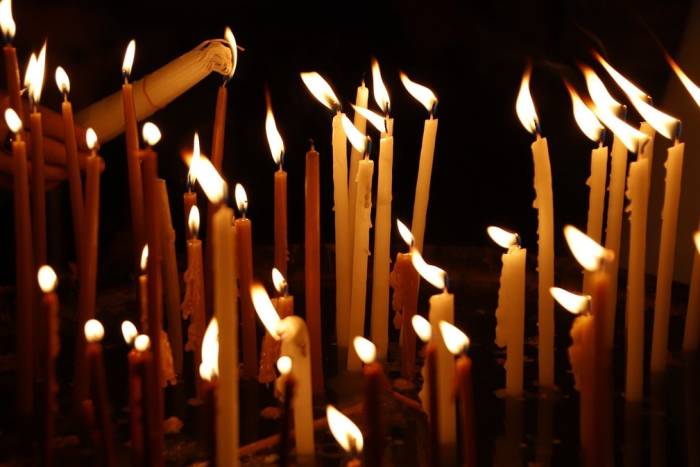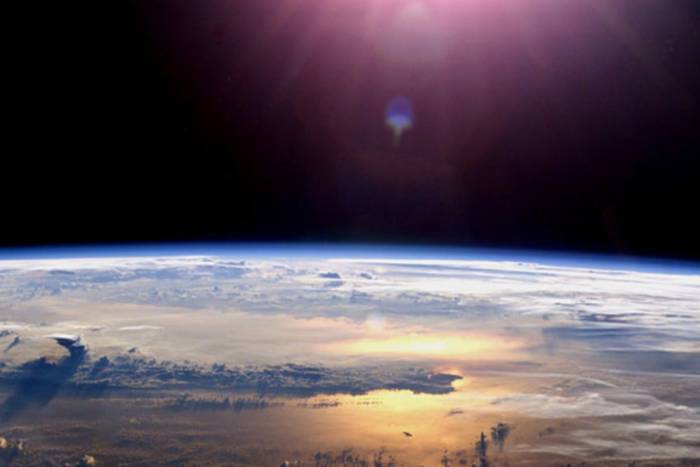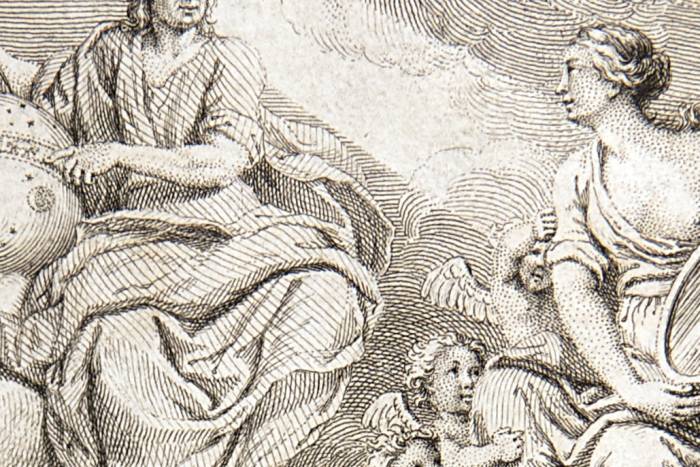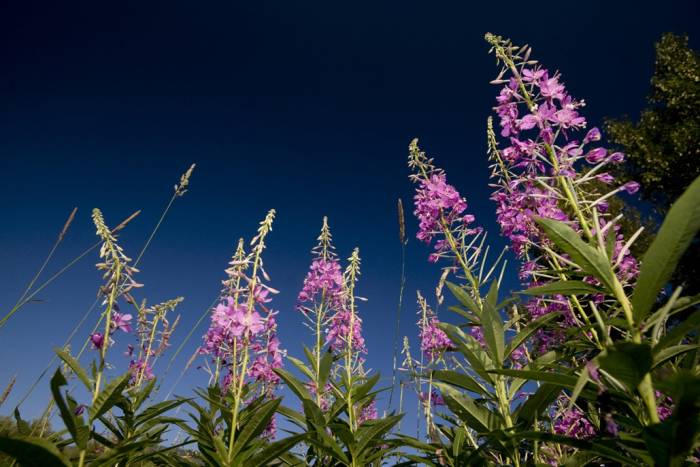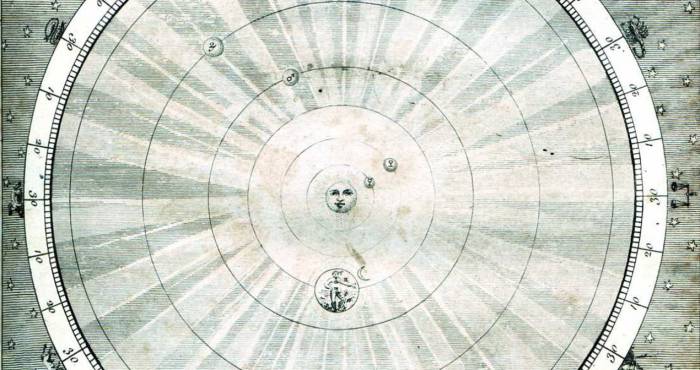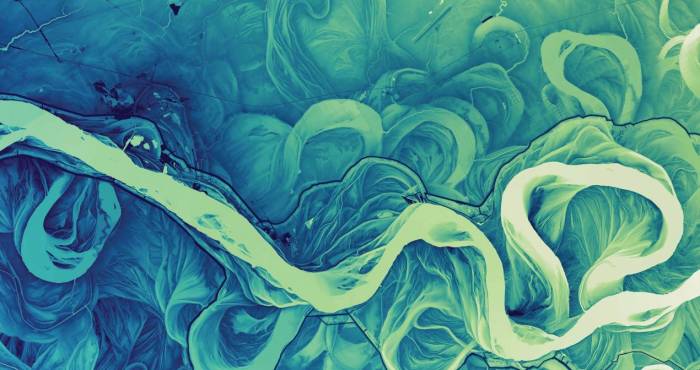The Garden of Eden, or Why we Long for the Unknown
Although we have only known it through literature and dreams, Eden is a place we yearn for in different, pervasive ways.
The Garden of Eden is the symbolic space of perfect harmony, the place in which absolute happiness reigns. It is nothing less than what is speculated to have been that God imagined as the zenith of creation and paradise. But humanity has sought it on Earth as if it were a secret garden. Based on the descriptions in the Bible, it was located in the birthplace of the Tigris and Euphrates River in Northern Iraq, according to the following description in Genesis 2: “A river flows out of Eden to water the garden and from there divides into four rivers”. The text affirms that in the Garden, the river was divided in four branches –– presumably the Tigris, Euphrates, the Blue Nile and Pishon. It has also been speculated it lies in Africa or in the Persian Gulf. But for many medieval writers, the image of Eden was a location for sexuality and human love, associated with linguistic tropes and the literary term locus amoenus (which in Latin means “idyllic place” or “pleasant place”).
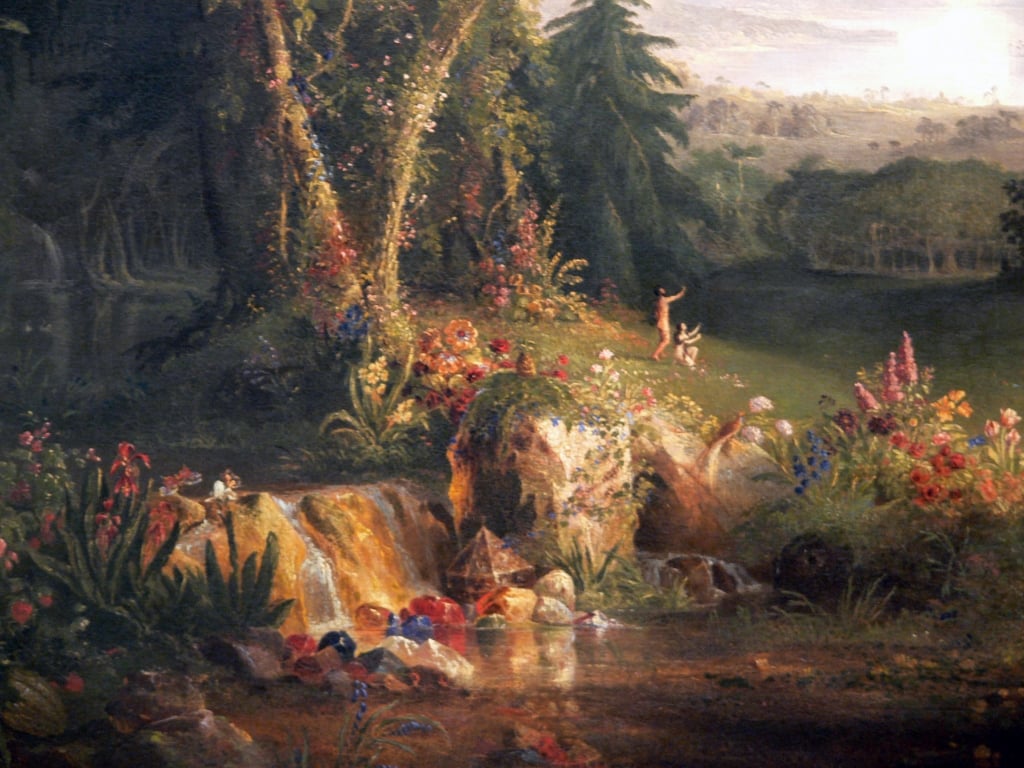
In any case, Eden is our unconscious model par excellence. From that very first garden all the gardens of the world spring forth like small imperfect pieces of a lost paradise. When we imagine Eden we can pick a delicious fruit by merely reaching out for it, run naked without feeling cold or hot and coexist with “all the domestic animals, all the birds, and all the wild animals” (Genesis 2 9:15). The nectars, the juices and silts, the flowers and the alchemical tree of wisdom were all at our disposal in that celestial prototype of simpler times. Times when we were innocent and, above all, times where desire was not born (the stem root of human suffering).
The numerous descriptions of this land evoke the simplest of hedonistic joys. For example, in the “Song of Salomon”: “Thy plants are a paradise of pomegranates with the fruits of the orchard with all choicest fruits, henna with nard, there the plants flourish”. But this is an absolute happiness that does not come from unconditional freedom (the forbidden fruit precisely defines the limits), instead, from absence of desire. The serpent introduces the element of desire, and when Eve bites the fruit she simultaneously triggers the first free action and the destruction of paradise.
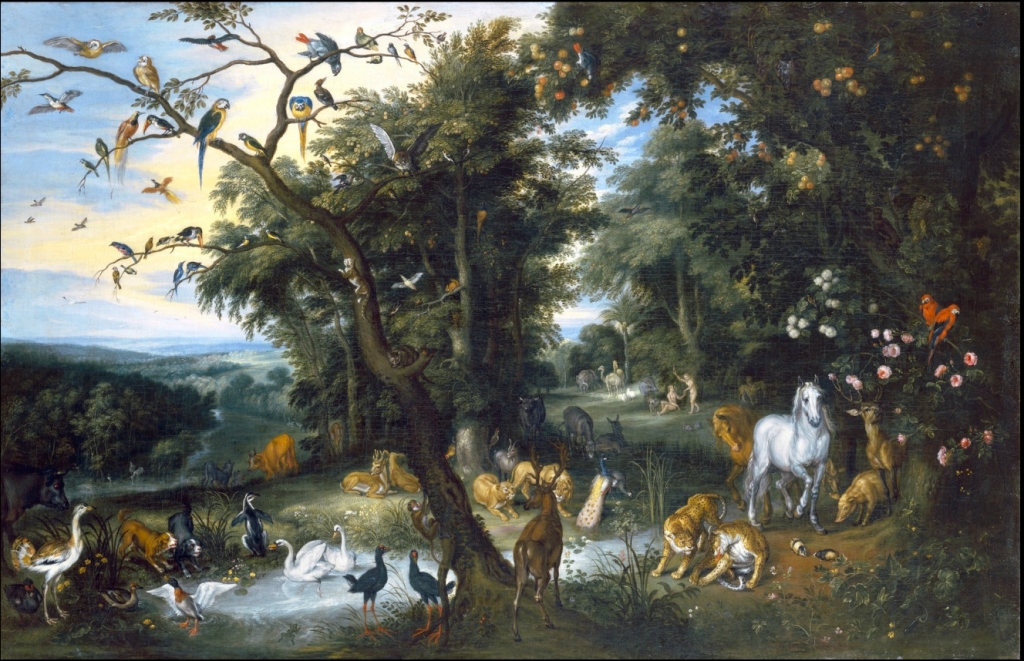
Within its mythology (and still for many Christian believers) the magical sphere of paradise is the place of origin and of the end: where man comes from and where— if he lives righteously following the scriptures— he will return. The Jewish tradition, however, which is less attached and more mystical (very much like that of the Middle Ages), states that the Great Eden exists in a purely spiritual and metaphoric level. That it is a place we can access in our resting days and enjoy the golden fruit. In this sense, Eden is the utopia of a mankind that yearns for something only known to him through revery —although we must not forget that, perhaps, life is a dream. It is the fundamental garden where every tree, every flower, every serpent and every fruit is a manifestation of the human nature.
.
Related Articles
When ancient rituals became religion
The emergence of religions irreversibly changed the history of humanity. It’s therefore essential to ask when and how did ancient peoples’ rituals become organized systems of thought, each with their
Larung Gar, the valley that is home to thousands of Buddhist monks
If we think about the monastic life it is very probable that we think about solitude, seclusion, silence and a few other qualities whose common denominator is the appropriate isolation for mediation
Dialogue with the Dalai Lama on science and spirituality
The Dalai Lama has been interested in science since he was a child. Over the years he’s visited many laboratories and has attended conferences that discuss consciousness from the scientific point of
A New Year's resolution for the earth
Worrisome quantities of waste are generated by human populations. Especially in cities, these have reached unprecedented and alarming levels. A largely uncontrolled practice, it affects everything on
The Dark Mountain Project: or how literature can confront ecocide
One impulse from a vernal wood May teach you more of man, Of moral evil and of good, Than all the sages can. Wordsworth, “The Tables Turned” (fragment) Words are elementary. The only reason we can
Are there no women in the history of philosophy?
Do only men philosophize? This could sound like a silly question, but if we quickly review the names of philosophers, from Aristotle to Slavoj Žižek, it would appear to be an exercise that is
Things that are about to disappear: photography as environmental conservation
Cristina Mittermeier is the founder of the International League of Conservationist Photography (iLCP), and is at the front of a modern movement to use photography with environmental purposes. Her work
Architecture And Music; An Affair That Acts On The Matter
A composition is like a house you can walk around in. — John Cage Perhaps music, more than the art of sound, is the art of time. That’s why its communion with space, and architecture, is so often so
Psycho-geography (On The Ritual Casting of a City)
Mrs. Dalloway walked down the streets of London guided by an “internal tide” that made her stop somewhere, enter a store, turn at the corner and continue her journey, as if she were adrift. La dérive
A Theme Park Inspired by Hayao Miyazaki is About to Open …
One of animation’s most spectacular exponents, Hayao Miyazaki, is the artist who transformed the direction of traditional animation forever.

